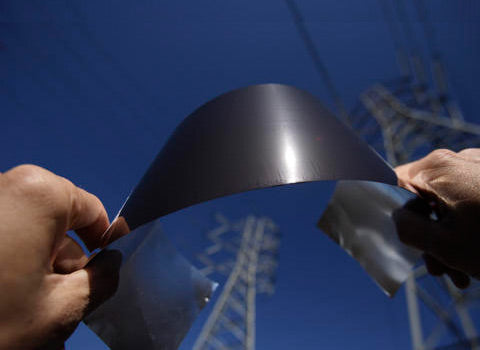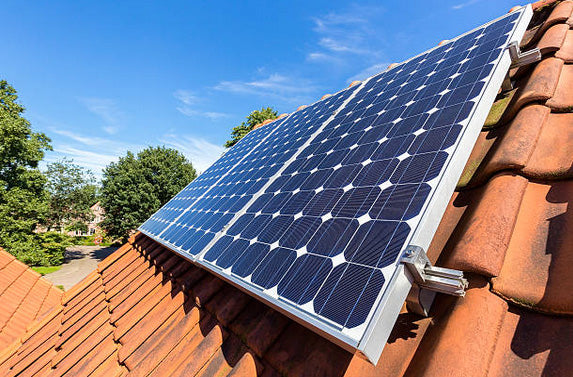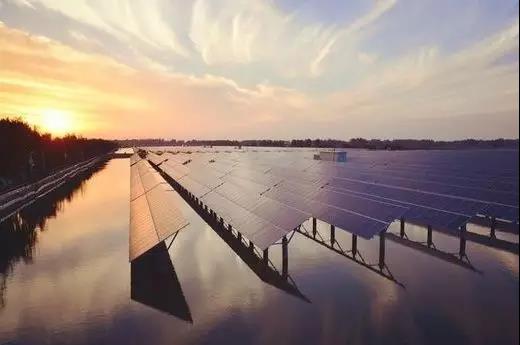At present, the main materials used in the photovoltaic industry are crystalline silicon cells, and the photovoltaic panels are mainly monocrystalline silicon cells and polycrystalline silicon cells. The second generation solar cell thin film solar cell is rising. It is characterized by good light transmittance and light weight. It is a new building material, which can be applied to residential roofs, agricultural greenhouses and vehicle and ship roofs. For example, sharing bicycles, using thin-film solar technology for power supply, and so on, are well received by the market.
As the name suggests, thin-film solar cells are prepared from a layer of thin film into solar cells. The light transmittance of thin-film solar cells is unmatched by traditional crystalline silicon cells. At present, the building itself will have a necessary demand for natural light sources, and people will not want the sun to be completely shielded. Thin film solar cells well meet this requirement - thin film solar cells can produce different light transmittance according to needs, replace all kinds of glass curtain walls and maximize the external area of the building itself. In terms of flexibility, today's buildings are becoming more and more unique in design. All kinds of curved surfaces and irregular shapes reflect the changes of public aesthetics. In such buildings, the traditional crystalline silicon battery is thin and brittle, which makes it unable to meet the needs of various building surface modeling.
The flexible, deformable and flexible thin-film solar cells can well meet this demand. Thin film solar energy is particularly weak. As we all know, there is not enough sunshine every day of the year, especially in winter and spring. There are often cloudy, rainy and snowy weather. At this time, the traditional crystalline silicon battery can not produce due power because it can not obtain enough light, which makes many people very distressed. Thin film solar cells are not afraid of this. Its good low light power generation performance can better meet the needs of users.
Thin film solar cells can be made of low-cost glass, plastic, ceramic, graphite, metal sheet and other different materials as substrates. At present, the maximum conversion efficiency in the laboratory has reached more than 20%, and the stable efficiency of large-scale mass production is about 13%. In addition to the plane, thin-film solar cells can also be made into non plane structures because of their flexibility. They have a wide range of applications and can be combined with buildings or become a part of buildings.
With the deepening of research and development, thin-film solar modules have made a series of breakthroughs in photoelectric conversion rate, but the price continues to decrease, which is convenient for more ordinary people. At present, at least 40 countries in the world are carrying out research and development on the practicability of the next generation of low-cost and high-efficiency thin-film solar cells.
In the future, the advantages of thin-film solar cells will greatly stimulate people's enthusiasm for use and promote the popularization of clean energy use. The popularization of thin-film power generation will also bring sufficient power and broad market for the continuous development of photovoltaic industry, so that the new energy industry will increasingly become one of the core driving forces of national economic development. And SOLARPARTS will continue to explore the thin film power generation and make innovations to walk on the road of sustainable green energy.



